Huis Bergh in ‘s-Heerenberg, the Netherlands, is the ancestral castle of the Counts van den Bergh. It is one of the largest Dutch castles. I visited the castle with friends a few weeks ago. The medieval castle is surrounded by a moat and partly by an embankment.
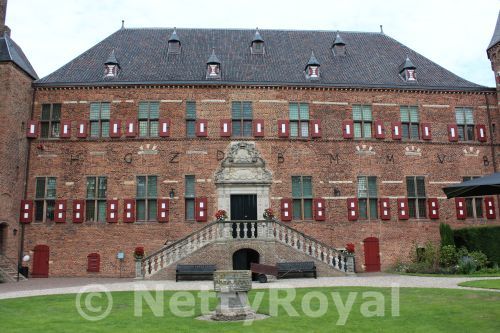
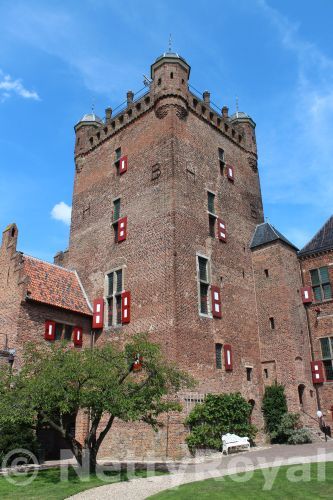
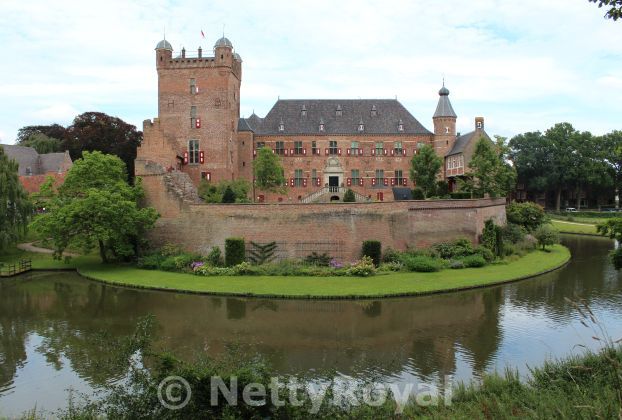
There isn’t that much known about the building history of the castle. Probably a wooden tower was built on a little island in a swamp around 100. A century later it was replaced by a round tower, of which the remains still can be seen. In the 14th, 15th and 17th century the castle was extended. It was damaged in the early years of the Eighty Years’ War (1568-1648) between the Netherlands and Spain. The Counts van den Bergh played a prominent role in this war. Count Willem IV was married to Countess Maria of Nassau, a sister of Prince William of Orange.
The last count van den Bergh was Oswald III (1646-1712). He was married, but didn’t have any children. In 1708 he appointed the second grandson of his sister Clara, Prince Franz Wilhelm von Hohenzollern-Sigmaringen (1704-1737), who after the death of his great-uncle became Count van den Bergh. Unfortunately in 1735 the castle burned down, but was restored afterwards. Franz Wilhelm in 1737 was succeeded by his son Johann Baptist (1728-1781), who was imprisoned 1757-1781, because he was insane. The castle remained in the possession of the Hohenzollerns until in 1912 Prince Wilhelm August von Hohenzollern-Sigmaringen (1864-1927) sold his Dutch property.
The castle was then bought by a rich textile industrialist called Jan Herman van Heek (1873-1957). He wanted to keep the castle as an historical monument and monument of nature. He was very much interested in the Middle Ages and its art. His collection was kept in the Castle Huis Bergh. In 1939 the castle again almost fully burned down, luckily most of the art collection could be saved. At the time the family Van Heek stayed in Switzerland. Afterwards Van Heek had the castle rebuild as it was in the Middle Ages, apart from some 18th century walls and windows. Little was changed on the inside. Van Heek in 1946 transferred his ownership of the castle to the Bergh Castle Foundation to be able to protect the house, his collection and the woodlands surrounding the castle.
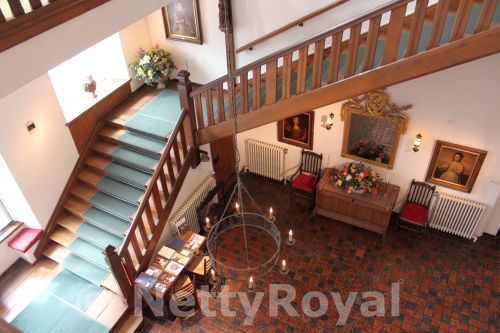
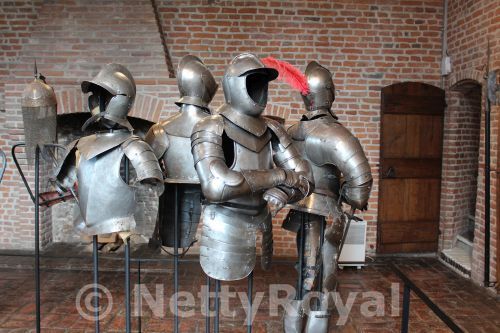
Since the 1960s the castle is a museum. Unfortunately for the people interested in the elder history of the castle, like me, most interest goes to Jan Herman van Heek. Not that he doesn’t deserve the attention. I however find that the history of the Counts van den Bergh is largely neglected. Me and my friends loved the tour to the tower and the views on the area, we loved the castle too – the weather was good. However the exhibition “Hundred Saints in Huis Bergh” wasn’t very interesting for us, and I didn’t find my saint anyway. The exhibition about the gardens was quite OK, but mainly focused on plants. What remains are the portraits on the first floor (and a sheet with names of the people portrayed), that include quite a few royals and nobles, and the hall with (fake) portraits of Dutch Nassaus and Orange-Nassaus. But there is hardly anything about the Counts van den Bergh to be found or told in the building. It also seems there are hardly good books on the Counts van den Bergh, as we didn’t see anything of our interest.
Recommended is a walk around the castle, which doesn’t take too much time. It is a good way to see the castle from all sides. In the water you can see swans, ducks and even turtles. The last ones of course don’t really belong here, but apparently have found a good place to live in the castle moat. Next to the castle is also a nice café.
